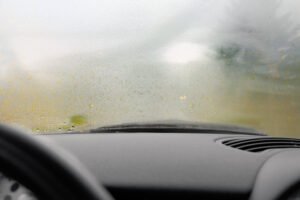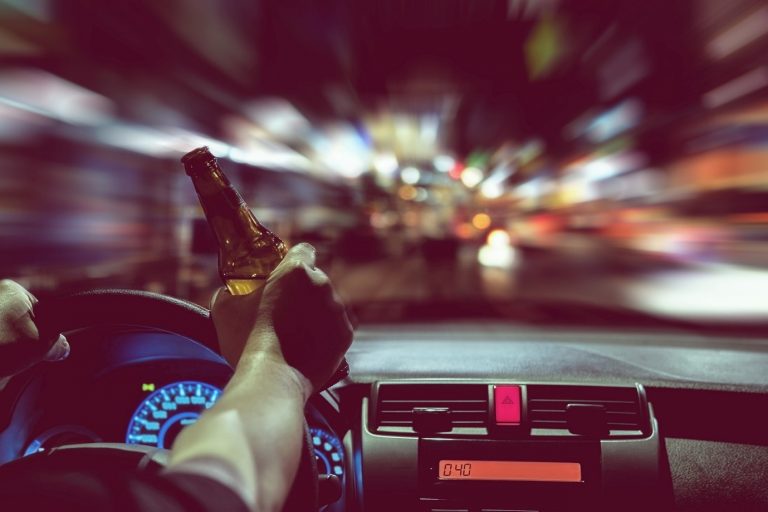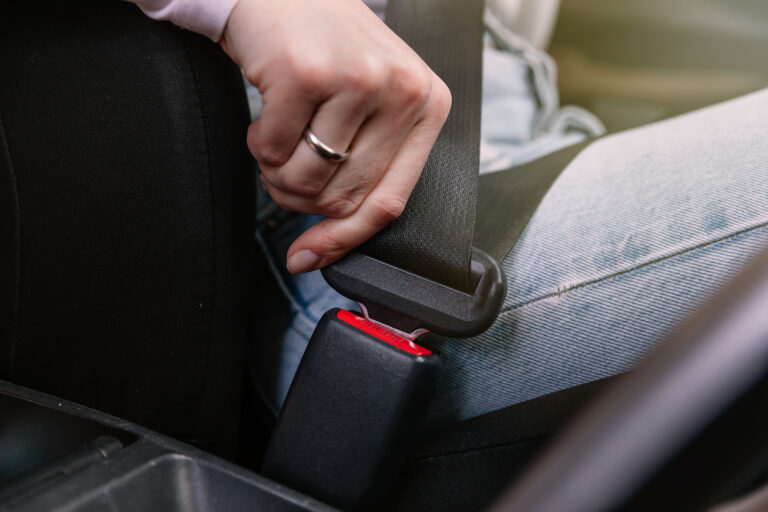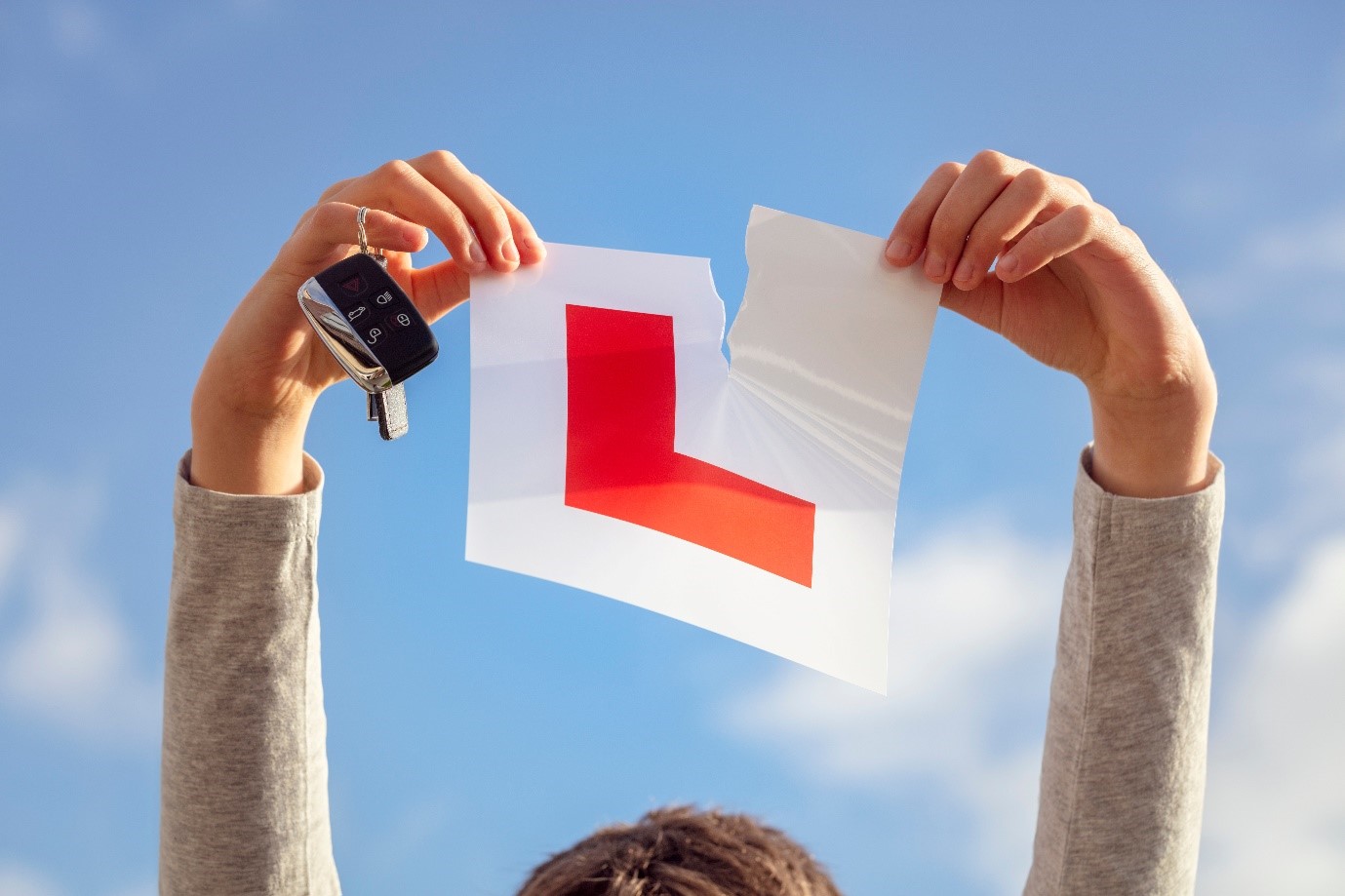
Top 10 Reasons People Fail Their Driving Test
Passing your driving test is a major milestone, but many learners in the UK stumble at the final hurdle. According to DVSA statistics, the pass rate hovers around 50%[1], meaning half of all candidates don’t make it through on their first try. So, what’s going wrong? With UK driving test wait list times reaching a record high of up to 20 weeks[2] the demand to pass first time has also increased. Whether you’re gearing up for your first test or preparing for a retake, this guide breaks down the Top 10 Reasons People Fail Their Driving Test, and some practical tips to help you avoid them.
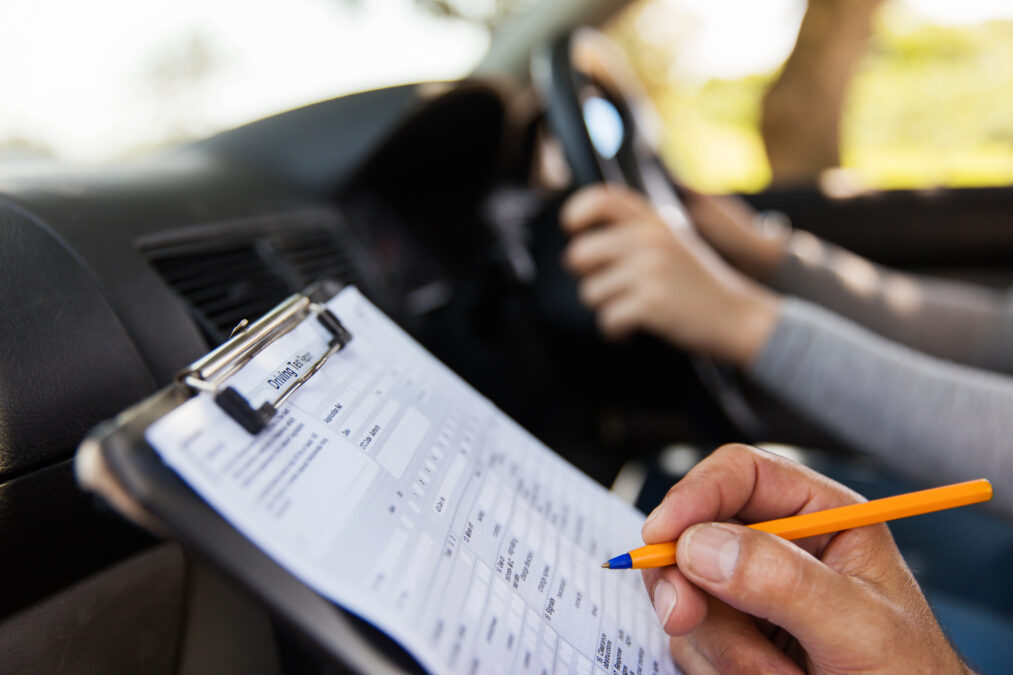
1. Improper Use of Mirrors
What happens: Forgetting to check your mirrors before changing lanes or merging.
Why it matters: It shows a lack of awareness and can be dangerous.
How to fix it: Use the MSM routine – Mirror, Signal, Manoeuvre – every time you make a manoeuvre.
Why examiners look for it:
- Makes sure you don’t surprise other drivers.
- Gives you time to react if conditions change and shows you are capable of safe, predictable driving.
2. Poor Observations at Junctions
What happens: Not looking both ways or failing to spot pedestrians, cyclists and motorbikes.
Why it matters: Junctions are high-risk areas for accidents.
How to fix it: Slow down, look right, left, then right again, and don’t rush. Making someone brake as a result of your actions will be a test failure.
Why examiners look for it:
- Other road users trust you are moving safety and have checked before moving. If you don’t, you could cause them to brake suddenly or swerve.
- Good observation shows you’re not just reacting, but actively managing the driving situation.
3. Incorrect Positioning
What happens: Driving too close to the curb or drifting between lanes.
Why it matters: It shows poor spatial awareness and means you could easily collide with an obstacle.
How to fix it: Practice staying centred in your lane by using road markings as guides. Choose a point on your windscreen where the middle line sits when you are central in the lane. Keep the middle line on that marker using your peripheral vision.
Why examiners look for it:
- Incorrectly placed cars can block lanes, cause delays and ruin traffic flow.
- Shows the examiner you understand road markings
4. Failure to Signal Correctly
What happens: Not using indicators or using them too late.
Why it matters: It confuses other road users.
How to fix it: Signal early and clearly before you start the manoeuvre. After checking mirrors, signal before you change position, speed, or direction. Leave enough time for others to see and react, but not so early that they think you’re turning at a different place. Cancel your signal immediately after completing the turn or manoeuvre.
Why examiners look for it:
- Other road users rely on your signals to predict your movement.
- If you fail to signal correctly, this is a serious fault and a test failure.
5. Poor Speed Control
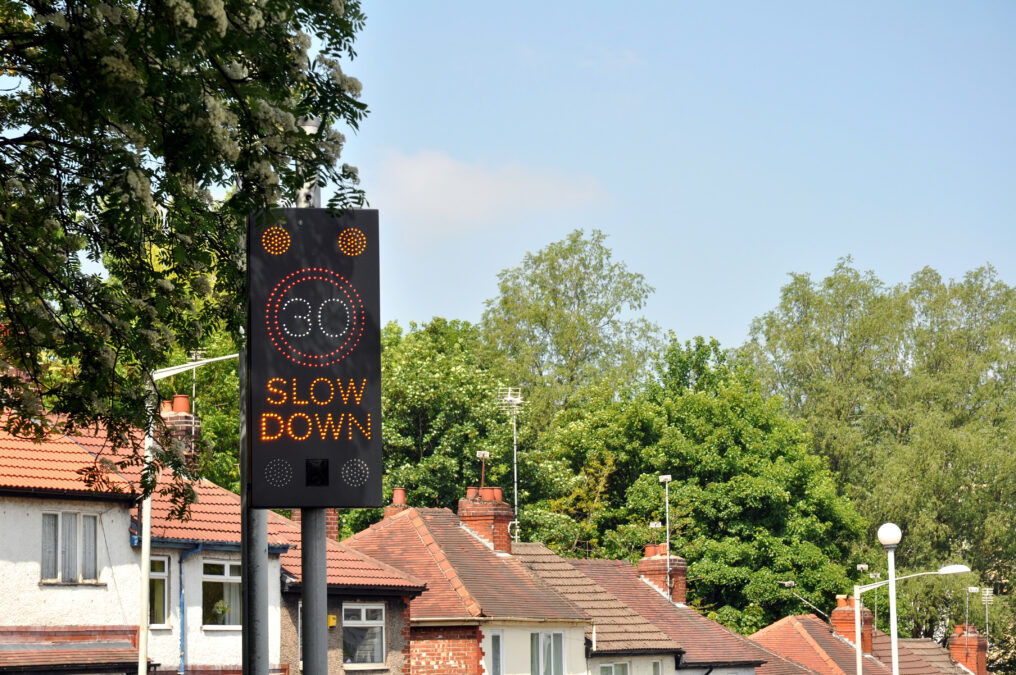
What happens: Driving too fast or too slow for the conditions. This includes braking too harshly and creeping forward too slowly for no reason.
Why it matters: It can disrupt traffic flow and is unsafe.
How to fix it: Match your speed to the area speed limit and the environment, not just the signs. For example, don’t speed up if you can see a queue ahead.
Why examiners look for it:
- Examiners want to see that you can drive confidently without rushing or hesitating.
- Breaking the speed limit is illegal and driving too slowly can also be dangerous.
6. Bad Steering Control
What happens: Oversteering or understeering, especially on turns.
Why it matters: It shows a lack of control over the vehicle.
How to fix it: Keep both hands on the wheel, take your time on sharp corners and steer smoothly and confidently.
Why examiners look for it:
- Accidents can easily occur from oversteering.
- It is an instant fail to be in the wrong lane or in another vehicles path.
7. Unpredicted Lane Changes
What happens: Not checking blind spots or drifting between lanes.
Why it matters: It’s a major safety hazard.
How to fix it: Always check mirrors and blind spots, then signal and move smoothly.
Why examiners look for it:
- Unpredictable lane changes show a lack of awareness, communication, or control – so examiners take them seriously.
- You could cause a multi car collision as other drivers will not know where you are going.
8. Ignoring Road Signs and Signals
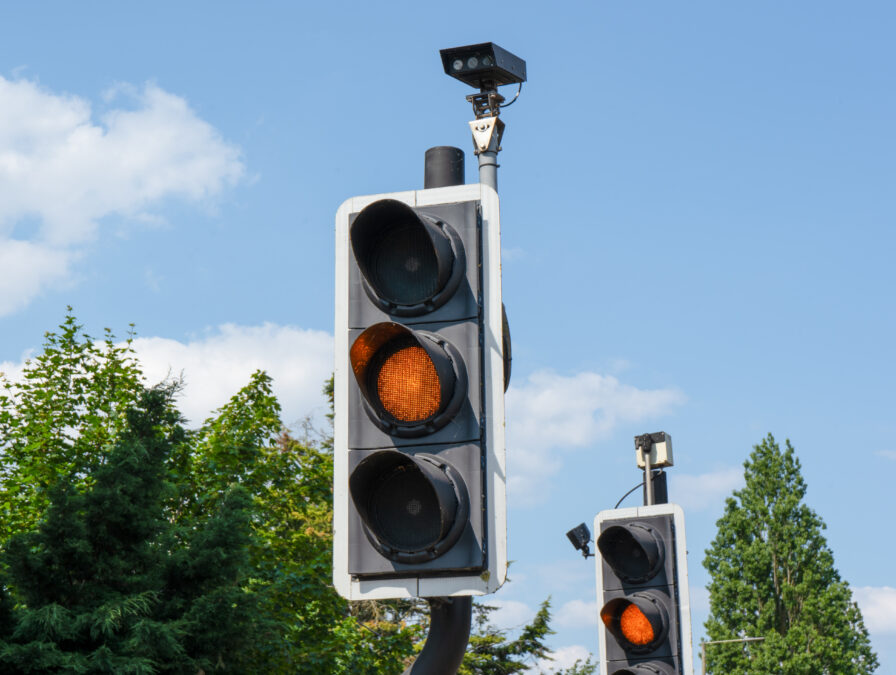
What happens: Missing stop signs, running red lights, or ignoring speed limits.
Why it matters: It’s a serious offence and an instant fail.
How to fix it: Stay alert and pay attention to road signs and changes in speeds. Test your knowledge with our UK Road Sign Quiz.
Why examiners look for it:
- Ignoring road signs and signals puts you and others at risk
- Ignoring signs like Stop, Give Way, or No Entry is not just dangerous, it’s against the law.
9. Parallel Parking Problems
What happens: Hitting the curb, parking too far out, or taking too long.
Why it matters: It shows poor control and lack of practice.
How to fix it: Practice with reference points and stay calm under pressure.
Why examiners look for it:
- Leaving the car sticking out or it blocks traffic is unsafe and can mean a fail.
- Examiners want to see that you stay calm, controlled, and methodical even under pressure.
10. Test Day Nerves
What happens: Stalling, forgetting checks, or making simple mistakes.
Why it matters: Nerves can make you forget essential driving skills.
How to fix it: Get a good night’s sleep, breathe deeply, and visualise success. If you believe you can, that’s half the battle.
Why examiners look for it:
- Examiners want to make sure your awareness and safety isn’t affected by pressure.
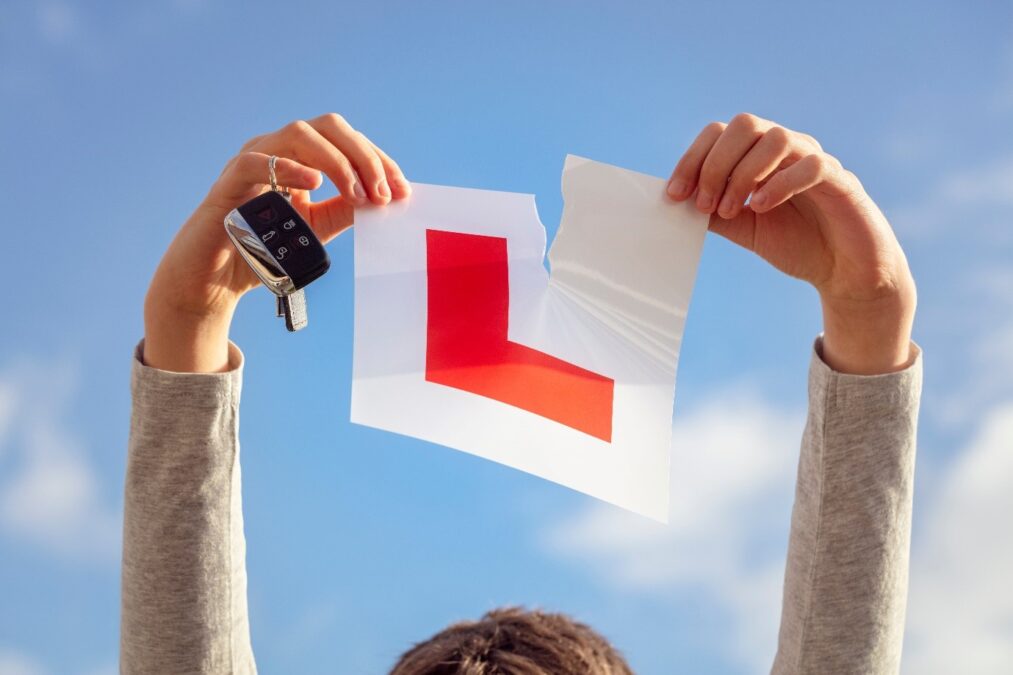
Most driving test fails come down to habits, not your ability. The good news? Habits can be changed. Practice, stay calm, and treat your test like just another drive.
If you enjoyed reading this, check out our 5 Tips for Driving at Night.
Looking for Car Insurance?
Get a quote today with GoSkippy


